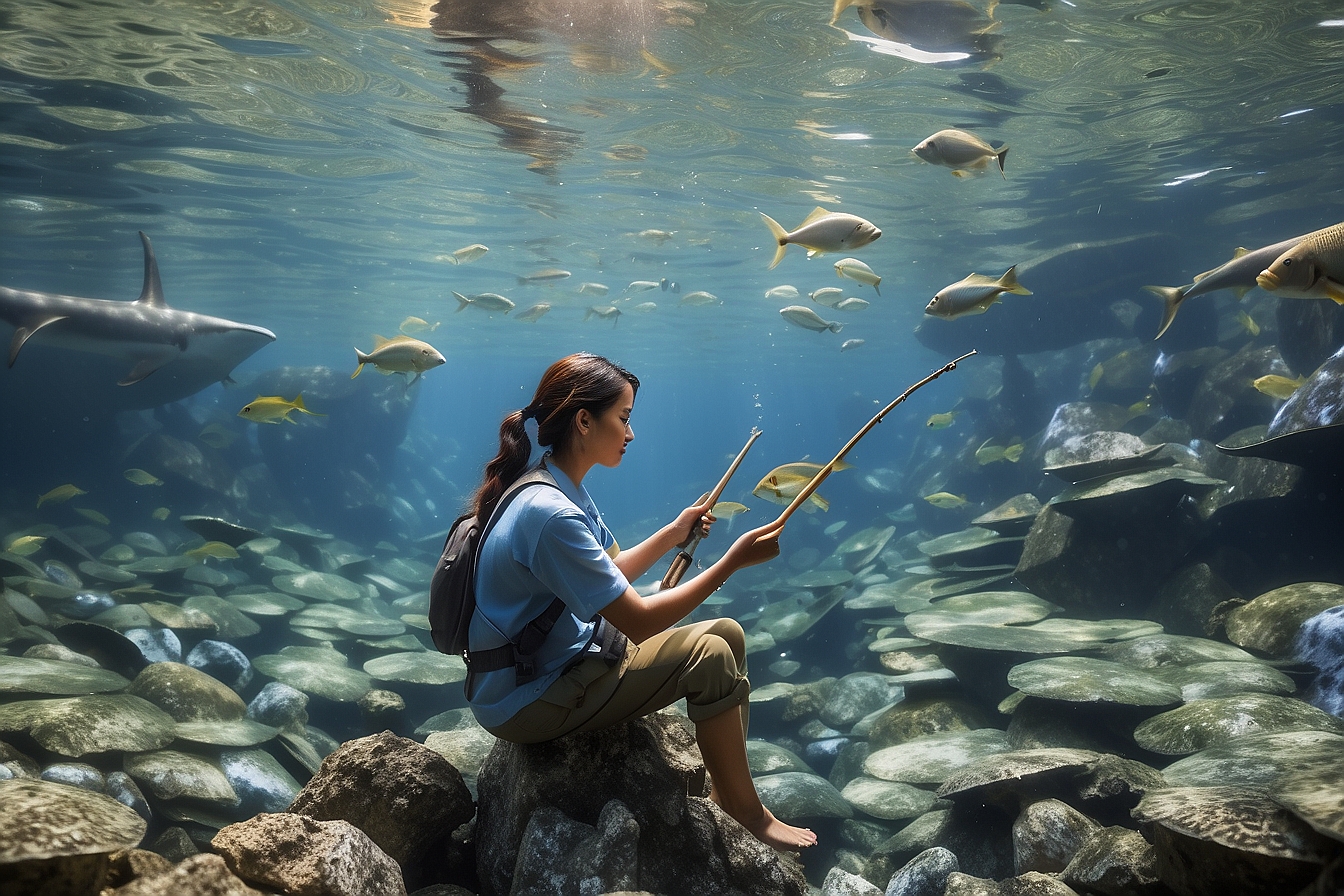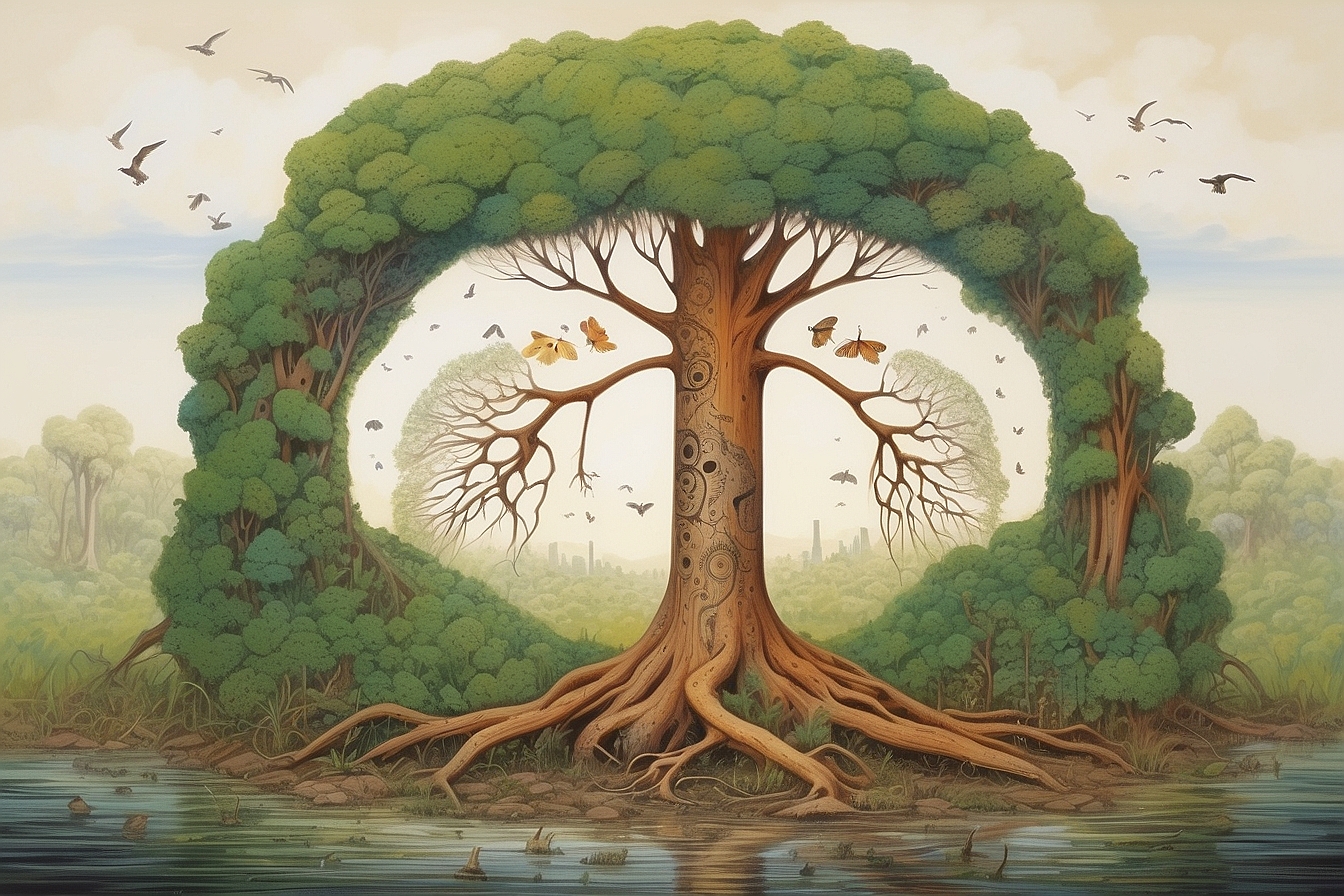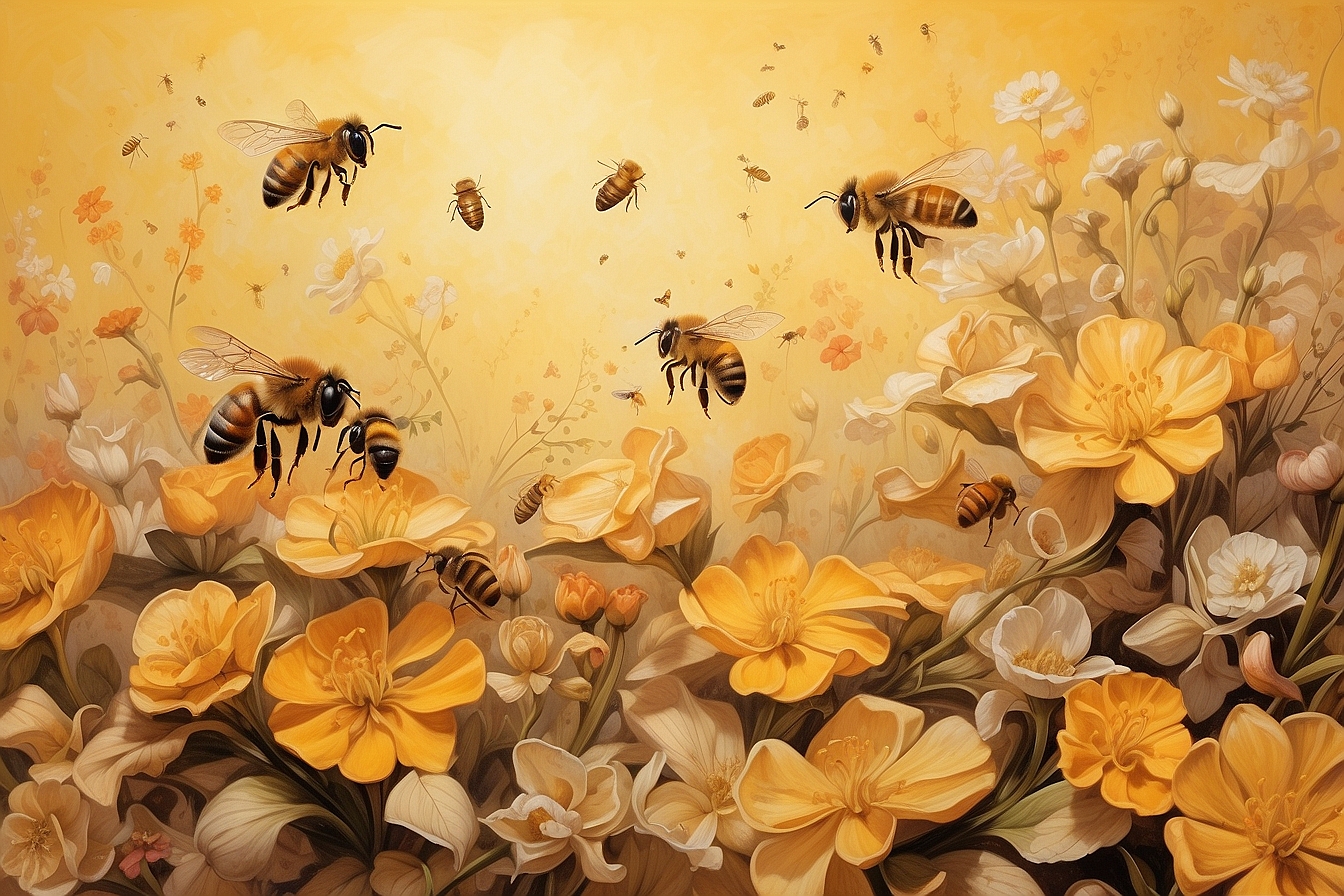The Four Coolest Species You’ve Never Seen (Because They’re Extinct)… We are currently witnessing the 6th major mass extinction in the planet Earth’s history. While the reasons for this decline in life are many, one of the biggest causes is global warming. Global warming is directly affecting our planet’s biodiversity, and if carbon dioxide levels continue to rise at their current rate, “over 35 percent of our worlds’ species will face extinction by 2050.” Here are some species to which we have already bid a sad farewell:
1. Passenger Pigeon(Ectopistes migratorius): Passenger pigeons used to travel in flocks up to a mile wide and 300 miles long, blackening the sky for hours at a time. They were the most numerous species of bird on earth, reaching an estimated population of 5 billion in the United States. The passenger pigeon looked similar to a Mourning Dove but was larger, with a gray back and “wine red breast.” It could fly very fast—between 60 and 70 miles per hour. Unfortunately this speed wasn’t enough for the passenger pigeon to evade extinction.
Extinction occurs when “the last remaining member of the species has died, or is presumed beyond reasonable doubt to have died.” Those who cleared the passenger pigeon’s forest habitat and shot them for their meat probably never considered that bringing such an abundant species to extinction was possible, but that is exactly what happened. On March 24, 1900, the last wild passenger pigeons were shot in Pike County, Ohio. On September 1, 1914, Martha, the world’s last passenger pigeon, died alone in the Cincinnati Zoo.
2. Yangtze River Dolphin(Lipotes vexillifer): Also known as the baiji, the Yangtze river dolphin is a species of freshwater dolphin found only in the Yangtze, China’s longest river. It has a stocky body between 6 and 8 feet in length and weighs between 150 and 200 pounds. It is a truly unique species that diverged from all other species 20 million years ago. Thus, the extinction of the baiji “represents the disappearance of a complete branch of the evolutionary tree of life.”
I write about the baiji in the present tense because a few aging individuals might still exist in the wild, although a research expedition in 2006 failed to uncover any. The baiji was then declared functionally extinct, meaning that its population has dropped to irrecoverably low numbers; whatever remains of the species will die out within a generation. Unfortunately, responsibility for the demise of the baiji falls squarely on the shoulders of humans who polluted, overfished, and dammed the baiji’s natural habitat, making it the first species of aquatic mammal to have gone extinct since the Caribbean monk seal in the 1950s. The baiji simply could not withstand the stress placed on it by the astonishing 12% of the world’s population that “lives and works within the Yangtze River catchment area.”

3. Golden Toad(Bufo periglenes): The Golden Toad was never as widespread as the passenger pigeon or even the baiji. In fact, it only lived in a section of cloud forest above the city of Monteverde, Costa Rica. Because of its location, the golden toad is sometimes also referred to as the Monteverde Toad. A small true toad (“the rough skinned, ‘warty,’ squat-boddied, short-legged amphibians that most people think of when they hear the word ‘toad’”), the golden toad’s orange skin color was so bright that herpetologist Jay Savage described it as appearing to be covered in paint enamel when he first discovered it in 1966.
While the range of the golden toad was limited, its extinction is of global importance. “Scientists have likened [frogs and toads] to a canary in a coalmine” because their uptake of water and oxygen through the skin makes them extremely sensitive to changes in the environment. When the golden toad disappeared, so did 21 other species of amphibians. This disappearance was part of a “major el nino event” during which climatic conditions in Costa Rica became much warmer and drier than usual. While global warming might not be responsible for the extinction of the golden toad, the conditions that led to its demise are precisely what we will be seeing more of as the world heats up.
4. Tasmanian Tiger (Thylacinus cynocephalus): The Tasmanian tiger looked to be more wolf than tiger, but it was actually neither. Instead, it was the last survivor of an ancient “family of carnivorous marsupials” known as Thylacinidae, and the only species of this family to survive into historical times. Thylacines ranged from 39 to 51 inches long, weighed between 20 to 30 kilograms and had a yellow brown fur coat with 13 to 21 dark, distinct stripes across its back. It is this striped pattern that gave it its more popular name of Tasmanian tiger. Early European settlers compared the Tasmanian tiger’s appearance to the hyena.
Competition from dingos and indigenous peoples eliminated the Tasmanian tiger from mainland Australia around 3,000 years ago, but they continued to exist on the island state of Tasmania. Thought responsible for attacks on sheep, bounties were introduced by private companies and the Tasmanian government in the early 20th century to control the Tasmanian tiger. These bounties, along with competition from wild dogs introduced by European settlers, are thought to be responsible for the Tasmanian tiger’s extinction. In 1936, the last known Tasmanian tiger, Benjamin, died in captivity at Tasmania’s Hobart Zoo.
The Tasmanian tiger was listed as an endangered species until 1986, when it was declared extinct according to the Endangered Species Act, which states that a species must be declared extinct if a specimen has not been observed for 50 years. Reports of the tiger, especially in the state of Victoria, continue to this day, although they have become less frequent in the past decade. For this reason, the Convention on International Trade in Endangered Species of Wild Fauna and Flora (CITES) lists it as “possibly extinct.” Classifications and questionable sightings aside, the Tasmanian tiger is as good as gone.
Solution? Perhaps Reconciliation Ecology! Aside from working hard to reduce greenhouse gas emissions, humans might want to reconsider their relationship with the natural world. As “humans now occupy 95% of terrestrial Earth… the “traditional conservation methodology of… enclosing endangered species into small habitat reserves” has become untenable. Once we humans understand ourselves as part of nature’s web and do away with the traditional man/nature dichotomy, we can begin practicing reconciliation ecology, which stems from the idea that “humans and endangered species can live side by side.” As the globe gets hotter and cities grow, integration—not separation—might be what saves future species from extinction. For more on reconciliation ecology, click here.





